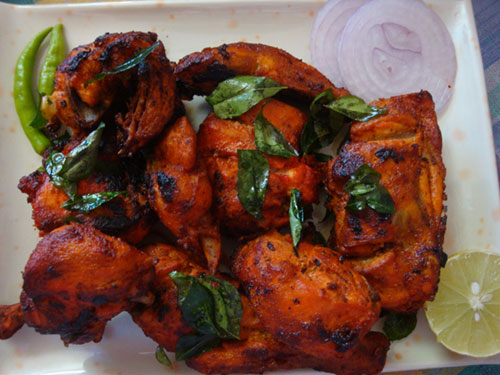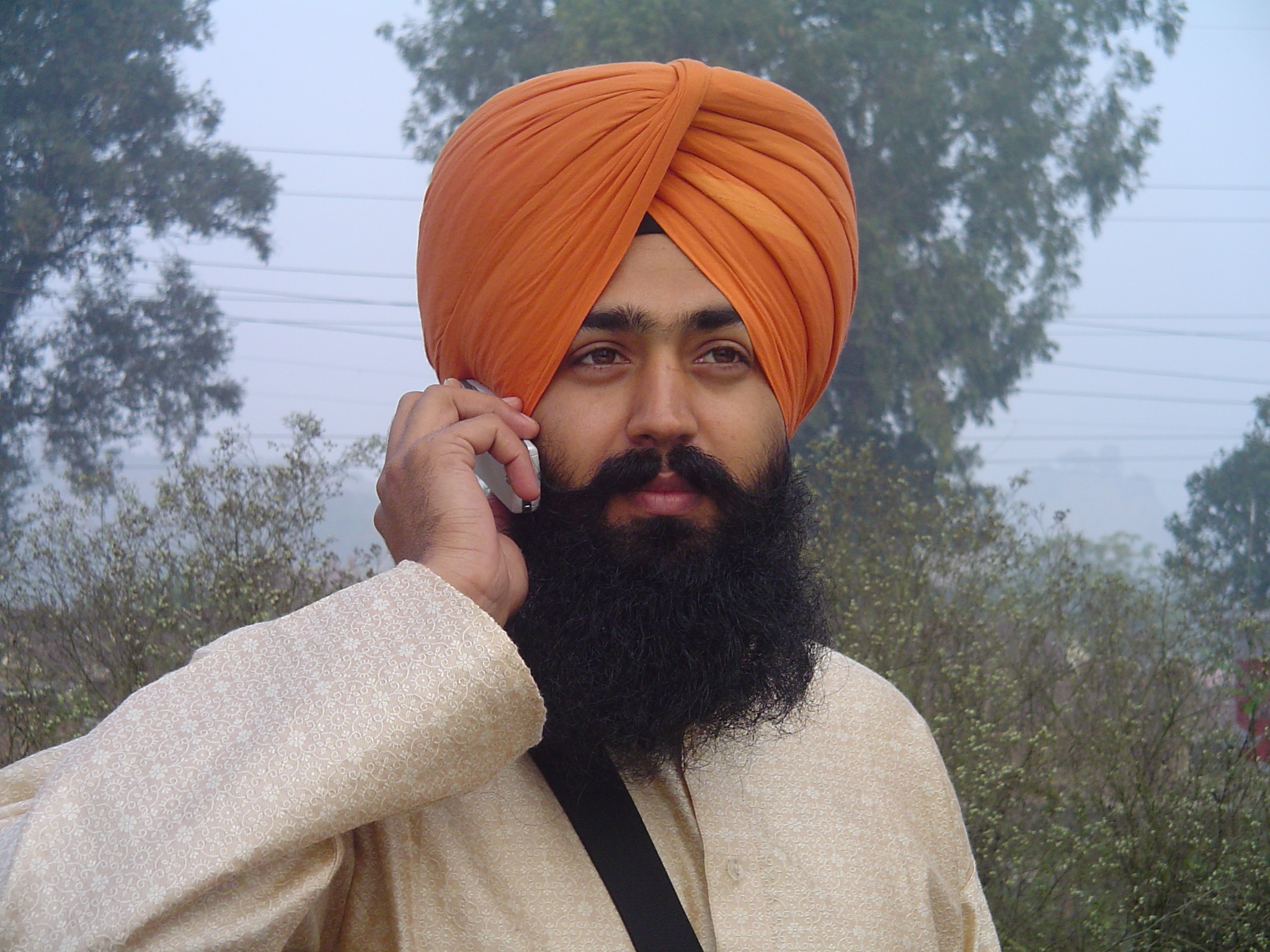the basic idea is the same. you, um, just put pull the train into the station, you know? but whereas we like to sit enthroned, comfortable and relaxed atop the porcelain seat, indian dudes and babes just squat down and let 'er rip. there's always a tap with a bucket which, as one set of instructions informs us, one is to "forcefully empty in the direction of your bottom."
we're packing toilet paper. and hand sanitizer.
EXHIBIT B - actually pretty cozy looking. Gross Factor: 1/5 Encharitos or a Whoopi Goldberg film
our basic perceptions of indian toilets are based on whatever google image search can turn up, the few indian movies featuring the pot, and this one story our buddy seth told us about this time in thailand where four dudes just came into the bathroom while he was popping a squat and stared at him while he finished his business. personally, i think they were taking bets. those thai dudes will bet on anything.
EXHIBIT C - Gross Factor: 4/5 Encharitos or Pizza the Hut
On the other hand, it's possible (nay, probable) that we're just spoiled. i mean, putting your butt where other people's butts have been is pretty gnarly. this is actually a really sanitary way to make boom-booms. the only part of you that comes in contact with anything is your feet, which are hopefully in shoes and pretty dirty to start with. the water makes good sense and keeps you smelly-free. i mean, yes, using your hand grosses me out but then again i come from the west where we put paper on our toilet seats, paper in our bums and paper dries our hand. is it cleaner? arguably. is it more wasteful? almost certainly. plus, most toilets india are probably totally awesome:
EXHIBIT D - Gross Factor: 0/5 - I would be honored to "numero dos" down there.
we'll let you know what we make of all this when we get to india. i don't know what it says about us, but we get really excited about stuff like this. cultural differences i mean, not scat.
eeeewwww. sorry for this one, readers.

























 simple filter. If you have to drink soda, avoid bottled sodas since they may be watered down with the same contaminated water that you are trying to avoid.
If you eat on the street, consume only fresh fruit or food that is boiled or fried.Food that hasn’t been cooked at high temperatures could make you sick. The one time that I decided to eat out and didn’t take care to make sure that my food was fresh and properly prepared, I ended up in bed for four days with a bad case of diarrhea—you don’t want this.
simple filter. If you have to drink soda, avoid bottled sodas since they may be watered down with the same contaminated water that you are trying to avoid.
If you eat on the street, consume only fresh fruit or food that is boiled or fried.Food that hasn’t been cooked at high temperatures could make you sick. The one time that I decided to eat out and didn’t take care to make sure that my food was fresh and properly prepared, I ended up in bed for four days with a bad case of diarrhea—you don’t want this.
 meter is at the lowest rate when you begin the trip. Drivers may rip you off if they think you don’t know any better. Negotiating prices beforehand can also help you avoid being cheated.
meter is at the lowest rate when you begin the trip. Drivers may rip you off if they think you don’t know any better. Negotiating prices beforehand can also help you avoid being cheated.


